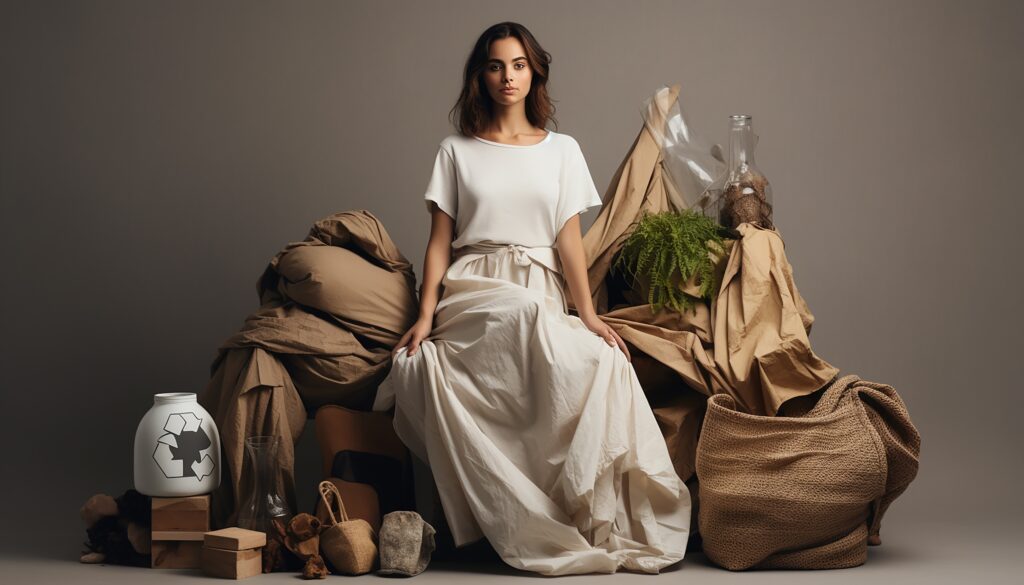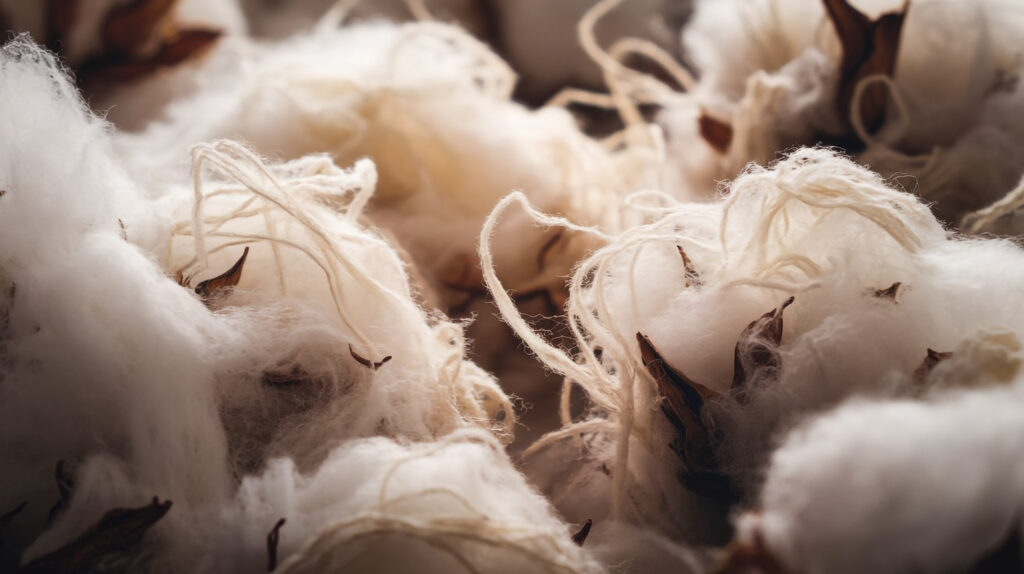Dress Eco-Friendly: Sustainable Fashion or Slow Fashion

Caring for the environment is an increasingly important conversation for everyone, and in recent years, various initiatives have been implemented to support this cause. One of them is sustainable fashion, also known as slow fashion. For decades, fast fashion — characterized by low costs and high environmental impact — has dominated the industry. However, today, a growing number of designers, brands, and consumers are embracing a different vision: garments that respect both people and the planet.
A movement where ethics meet aesthetics
What does it mean to dress sustainably? At its core, it’s about rethinking the entire life cycle of a garment — from the origin of materials, opting for organic, recycled, or low-impact fibers, to the production processes, logistics, and the final destination of each piece. The focus lies on durability, quality, and a deep respect for natural resources.
Sustainable fashion also promotes ethical practices throughout the supply chain: fair working conditions, support for artisanal communities, and waste reduction. It is a return to the fundamental values of craftsmanship and authenticity. Rather than following fleeting trends, it encourages a more mindful wardrobe where each piece holds meaning.

This movement is also an invitation to rediscover the true joy of dressing: breathable fabrics, natural dyes that reveal unique tones, timeless cuts that move gracefully with the body. It’s about celebrating individuality through a style that reflects not only who we are, but also the values we embrace.
Tips for an elegant and conscious wardrobe
The world of sustainable fashion is becoming increasingly vast and sophisticated. From international haute couture labels to small artisan houses, conscious design has carved out its place in the fashion world. Here are a few tips to help you embrace this movement:
1. Choose quality over quantity.
Invest in well-crafted, timeless, and versatile pieces. A thoughtfully curated wardrobe reduces impulsive consumption and extends the lifespan of each garment.
2. Opt for noble and responsible materials.
Look for natural fibers such as organic cotton, linen, ethically produced silk, or regenerative wool. Also consider innovative materials like Tencel™, made from plant-based cellulose through low-impact processes.

3. Support brands with clear values.
Leading international names in sustainable fashion include Stella McCartney, Mara Hoffman, and Eileen Fisher. In Latin America and Mexico, standout brands include Carla Fernández, known for her work with indigenous artisans; Collectiva Concepción, which celebrates ancestral textile techniques; and Someone Somewhere, which connects contemporary design with artisan communities.
4. Embrace circularity.
Explore the world of vintage and high-quality secondhand fashion, or participate in textile recycling initiatives. Giving garments a second life is an elegant way to close the loop.

5. Think long-term.
Before purchasing a garment, ask yourself: Will I wear it often? Does it match my personal style? Was it ethically produced? This mindful approach helps build a more cohesive and lasting wardrobe.
Of course, fashion is not walking this path alone. The commitment to sustainability is a broader conversation that extends beyond shop windows and into the spaces we inhabit. Hotels, for instance, are adopting environmentally friendly practices across every aspect of their operations — because when luxury is conscious, the impact runs deep.
And, are you ready to transform your wardrobe?




